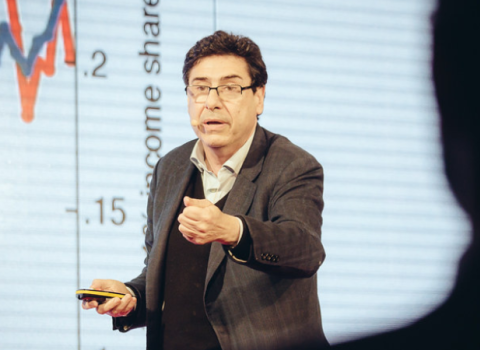Oxford University spin-out Oxford Nanopore Technologies Ltd reached an agreement with Harvard University’s tech transfer office to in-license a number of technologies for use in the development of nanopore DNA sequencers.
Under the terms of the agreement Oxford Nanopore has exclusive rights to develop and commercialise a technology developed in the laboratories of three researchers at Harvard and their collaborators at the University of California Santa Cruz (UCSC) and the National Institute of Standards and Technology (NIST), an agency of the US Department of Commerce. The researchers include Professors Daniel Branton, George Church and Jene Golovchenko at Harvard; David Deamer and Mark Akeson at UCSC and John Kasianowicz at NIST.
These academics have pioneered research into DNA translocation through nanopores and the potential for DNA sequencing using this method. This is complementary to the work of Professor Hagan Bayley, the founder of Oxford Nanopore Technologies, who pioneered use of nanopores as sensors of single molecules, with a specific focus on the identification of DNA bases.
Under the deal Oxford Nanopore will support nanopore research at Harvard.
“The inventions licensed to Oxford Nanopore resulted from strong collaboration across multiple disciplines at Harvard, and also with academic colleagues from outside of the University,” said Isaac Kohlberg, Senior Associate Provost and Chief Technology Development Officer at Harvard University.
Dr Gordon Sanghera, CEO of Oxford Nanopore Technologies, said, “ Through this partnership and agreements with other prestigious institutions, Oxford Nanopore takes the leading position in transforming nanopores from science into technologies that will benefit researchers and people everywhere.”
Oxford Nanopore is developing nanopores for use in DNA sequencing and the analysis of other molecules. A nanopore has an inner diameter small enough to be used in the direct identification of single molecules, without using chemical labels. This technology has the potential to deliver a dramatic reduction in the cost and speed of DNA sequencing, benefiting basic medical research and personalised medicine.
Such an improvement in sequencing technology could have a profound effect on life science and medical research, furthering genome research and the development of new medical diagnostics, treatments and strategies. There are many additional applications of sequencing, within the fields of defence, energy and agriculture.
While current sequencing technologies rely on expensive fluorescent labels, optical equipment for signal detection and informatics to translate image data into sequence data, nanopores bypass the optical detection by providing a direct electrical recording of DNA base identification. The method is highly scalable through silicon chip arrays.
Financial terms of the agreement were not disclosed.





 A unique international forum for public research organisations and companies to connect their external engagement with strategic interests around their R&D system.
A unique international forum for public research organisations and companies to connect their external engagement with strategic interests around their R&D system.